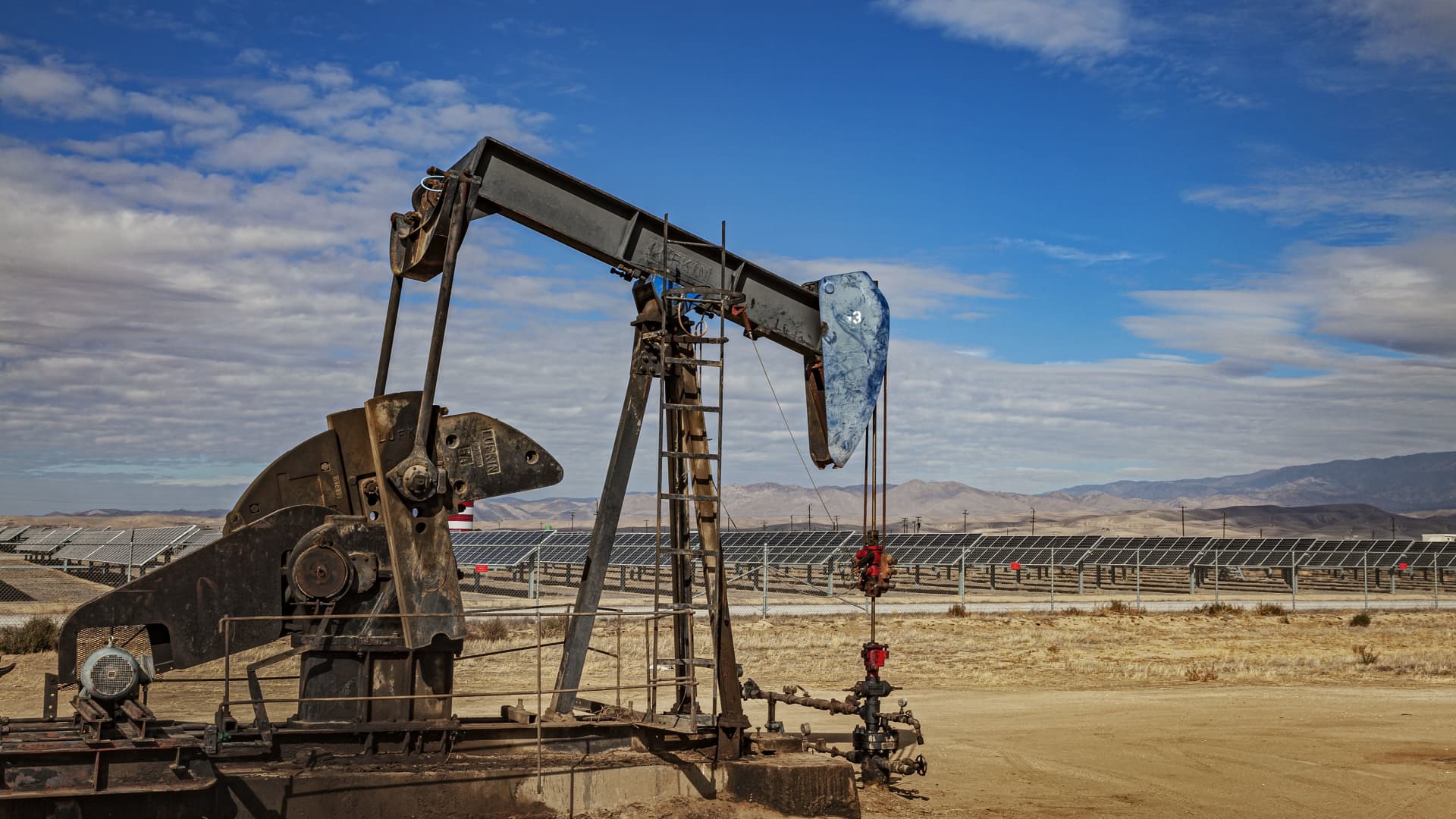ACT First State In Australia To Ban Conventional Cars

Elections have consequences. Nothing illustrates that more clearly than the abrupt about face taking place in Australia after voters moved the despicable Scott Morrison and his band of idiots into the spam file of history. Now the Australian Capitol Territory, where the national government is located, has announced that the sale of new cars and light trucks with internal combustion engines within the ACT will be prohibited beginning in 2035.
If that seems like a less than bold move, bear in mind that while ScoMo was in power, the official government position was that electric cars were the spawn of the devil created to rob Aussies of their God given right to enjoy the pleasures of the weekend.
New Minister for Emissions Reduction Shane Rattenbury said the new rules will apply to new cars, motorcycles, and small trucks, according to News Australia. “Our intent is that from 2035, you will not be able to put new (cars) on the road. But the government does not intend to take your car off the road if you’re driving around in an all-petrol vehicle at the start of the year.”
Ramping up to that goal, the government initiative wants at least 80% of new light vehicles sold in the ACT to be zero emission models by 2030
Electric Car Incentives
Interest free loans of up to $15,000 are already available to purchasers of electric cars in the ACT. Going forward, EV buyers will not have to pay vehicle registration fees for two years, even on used cars. Rattenbury said that while all of the details have not yet been finalized, the ACT government wants to make its intentions known. “We’re trying to signal where we are going very early so that people have a clear understanding of where the future lies.” It is expected that other Australian states will follow the ACT’s lead in the near future.”
Newly elected Prime Minister Anthony Albanese has stopped short of announcing a ban on fossil fuel cars, but is offering incentives to go electric. They will be exempt from the current 5% import tariff, for instance. They will also be exempt from the fringe benefits tax which will encourage workplaces to give their employees electric cars. That move will result in savings of up to $8,700 on a $50,000 vehicle.
Australia Fast Charger Network
The Albanese government is also taking steps to expand the network of fast chargers throughout Australia, according to The Driven. In May, the prime minister told a gathering in Perth the expanded network would allow Australians to “drive an electric vehicle across the country. Together with Labor’s already announced Electric Vehicle Discount, we’ll make it easier and cheaper for your next car to be electric. Imagine a future where you don’t have to worry about petrol bills. We can get there, but we need government to build the foundation for it,” he said.
The $39.3 million network expansion will add fast chargers at 150-kilometer intervals along major highways, including those crossing large sections of remote and regional Australia.
The Takeaway
Yes, it’s true. Elections have consequences. And failing to vote also has consequences. In the US, there is an important midterm election coming up in November. We all need to do our part. Vote as if your life depends upon it because it does.
Appreciate CleanTechnica’s originality and cleantech news coverage? Consider becoming a CleanTechnica Member, Supporter, Technician, or Ambassador — or a patron on Patreon.
[embedded content]
Advertisement
 This post has been syndicated from a third-party source. View the original article here.
This post has been syndicated from a third-party source. View the original article here.




